-
Courses
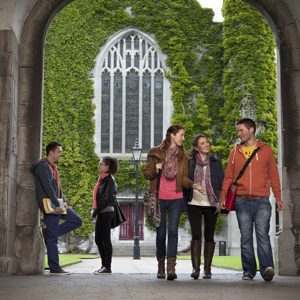
Courses
Choosing a course is one of the most important decisions you'll ever make! View our courses and see what our students and lecturers have to say about the courses you are interested in at the links below.
-
University Life
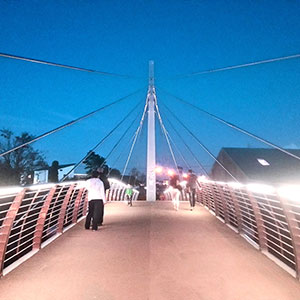
University Life
Each year more than 4,000 choose University of Galway as their University of choice. Find out what life at University of Galway is all about here.
-
About University of Galway
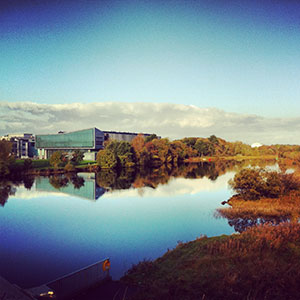
About University of Galway
Since 1845, University of Galway has been sharing the highest quality teaching and research with Ireland and the world. Find out what makes our University so special – from our distinguished history to the latest news and campus developments.
-
Colleges & Schools
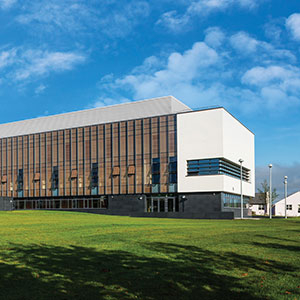
Colleges & Schools
University of Galway has earned international recognition as a research-led university with a commitment to top quality teaching across a range of key areas of expertise.
-
Research & Innovation
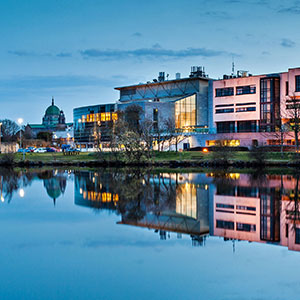
Research & Innovation
University of Galway’s vibrant research community take on some of the most pressing challenges of our times.
-
Business & Industry
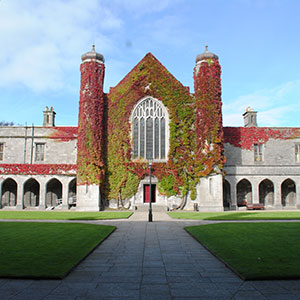
Guiding Breakthrough Research at University of Galway
We explore and facilitate commercial opportunities for the research community at University of Galway, as well as facilitating industry partnership.
-
Alumni & Friends
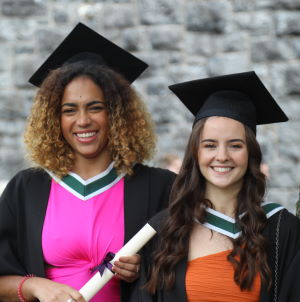
Alumni & Friends
There are 128,000 University of Galway alumni worldwide. Stay connected to your alumni community! Join our social networks and update your details online.
-
Community Engagement
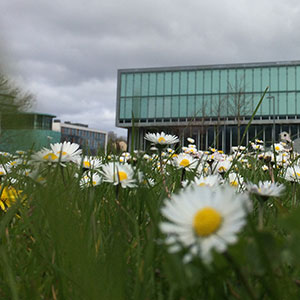
Community Engagement
At University of Galway, we believe that the best learning takes place when you apply what you learn in a real world context. That's why many of our courses include work placements or community projects.
Robotics and Dynamics
Robotics and Dynamics is a core theme in Mechanical Engineering (and also extends to Electrical Engineering, and Computer Science), dealing directly with the engineering behind automation in manufacturing, assembly, logistics, autonomous vehicles and robots developed for varied purposes, size scales and environments (land, sea, air or space). Robotics involves designing, building, and programming mechanical machines to perform tasks using arms, links, wheels, legs, tracks with sensors and cameras, often informing the task and controlling the end effectors, tooling or actuators. Dynamics is the study of motion itself, defining how things move and what forces affect that motion. In the context of robotics, dynamics predicts and more importantly, permits control of how the robot will react to applied movement via motors and react to factors as gravity, friction and functional loading on the robot, as well as considering the materials used within the robot structure. This is essential for creating robots that move smoothly, accurately, repetitively, safely and efficiently. At times, this involves allowing the robot (through advanced control system software and algorithms) the autonomy to adjust its own control signals depending on changing load cases or live vision or sensors, e.g. handling of packages of varied or unknown sizes and weights.
People

Dr Richard Barrett

Padraig Conneely


















